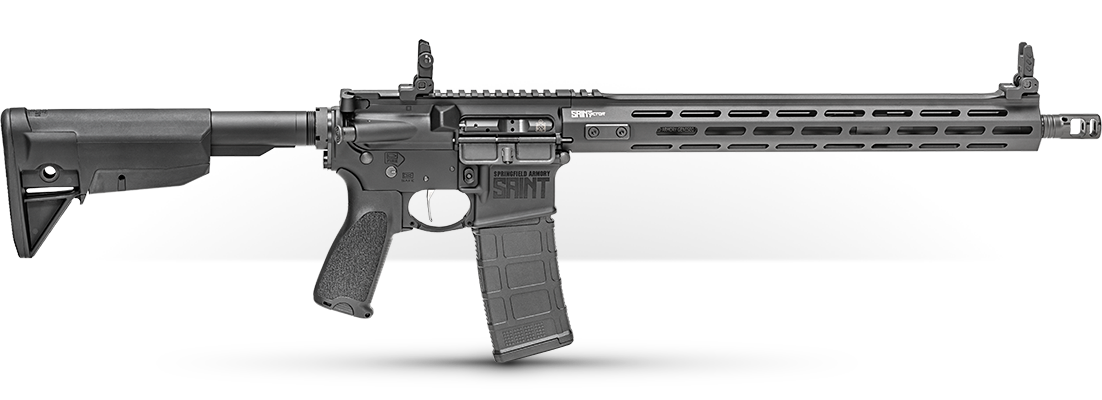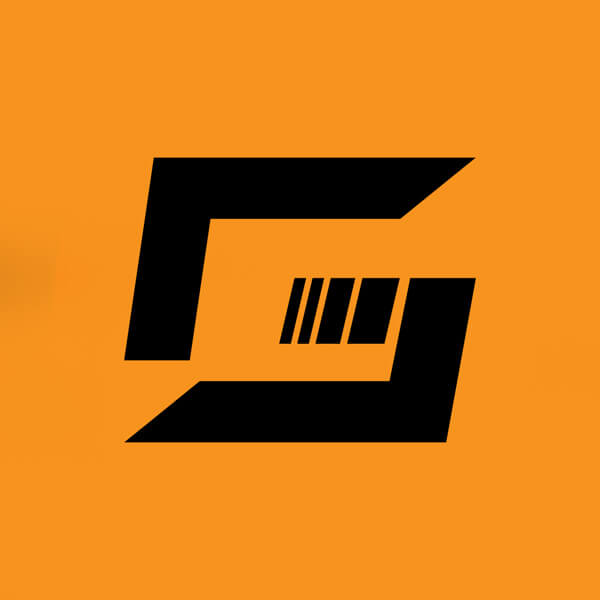If you are contemplating getting a plate carrier, or maybe you already have one and you have no idea what to carry in it and where to place your gear, we got you covered. If you are a civilian with a plate carrier for home defense, or if you are serving in the line of duty, we also have you covered.
In this article, we will cover how to arrange your plate carrier as a civilian versus duty needs.
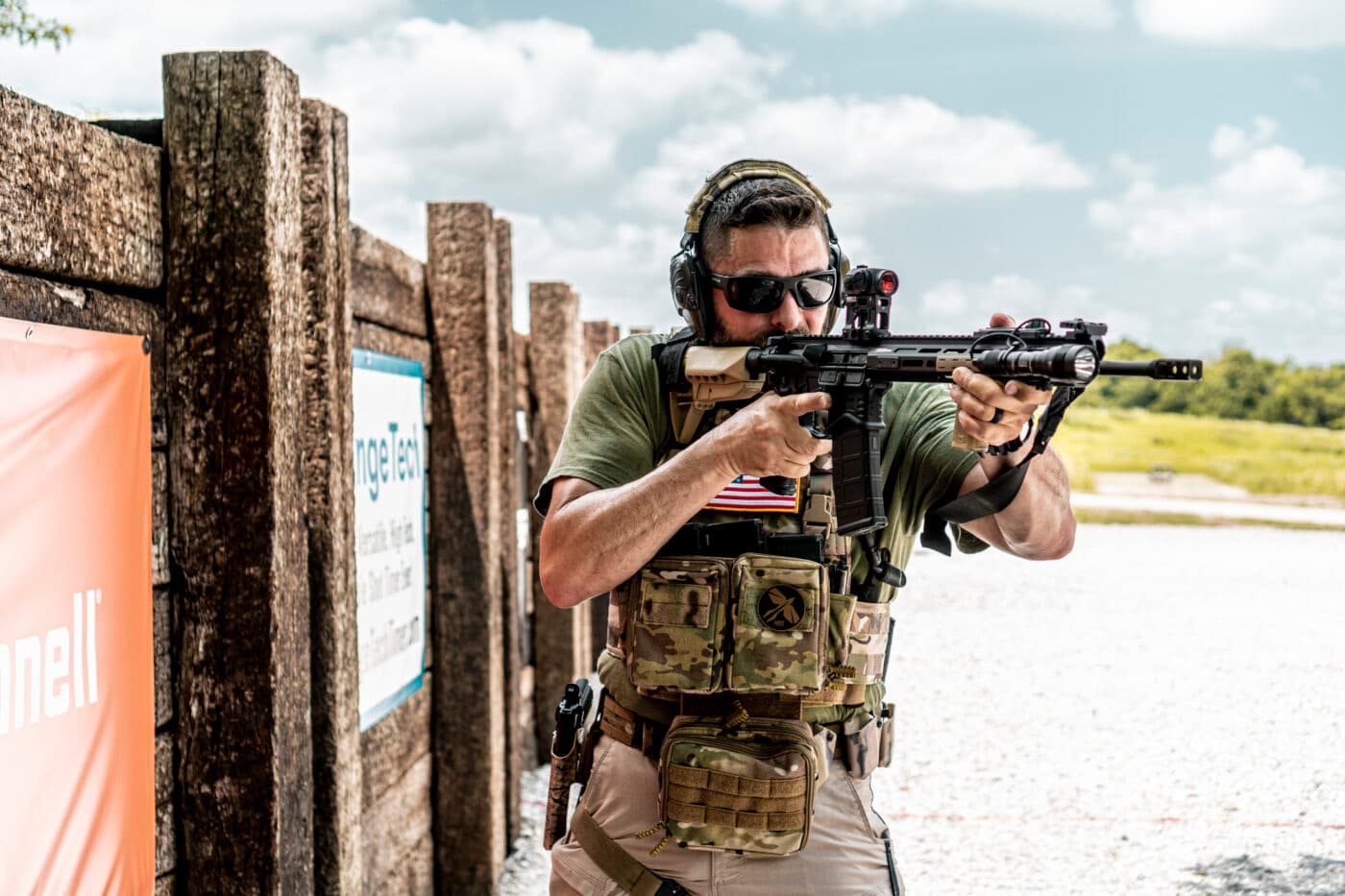
The Foundation of Your Plate Carrier Set-Up
The first thing you should carry is plates. This sounds pretty obvious, but if we didn’t say it, surely someone would say something like, “you didn’t mention the plates!” Thanks, YouTube, for teaching me to always announce the obvious.
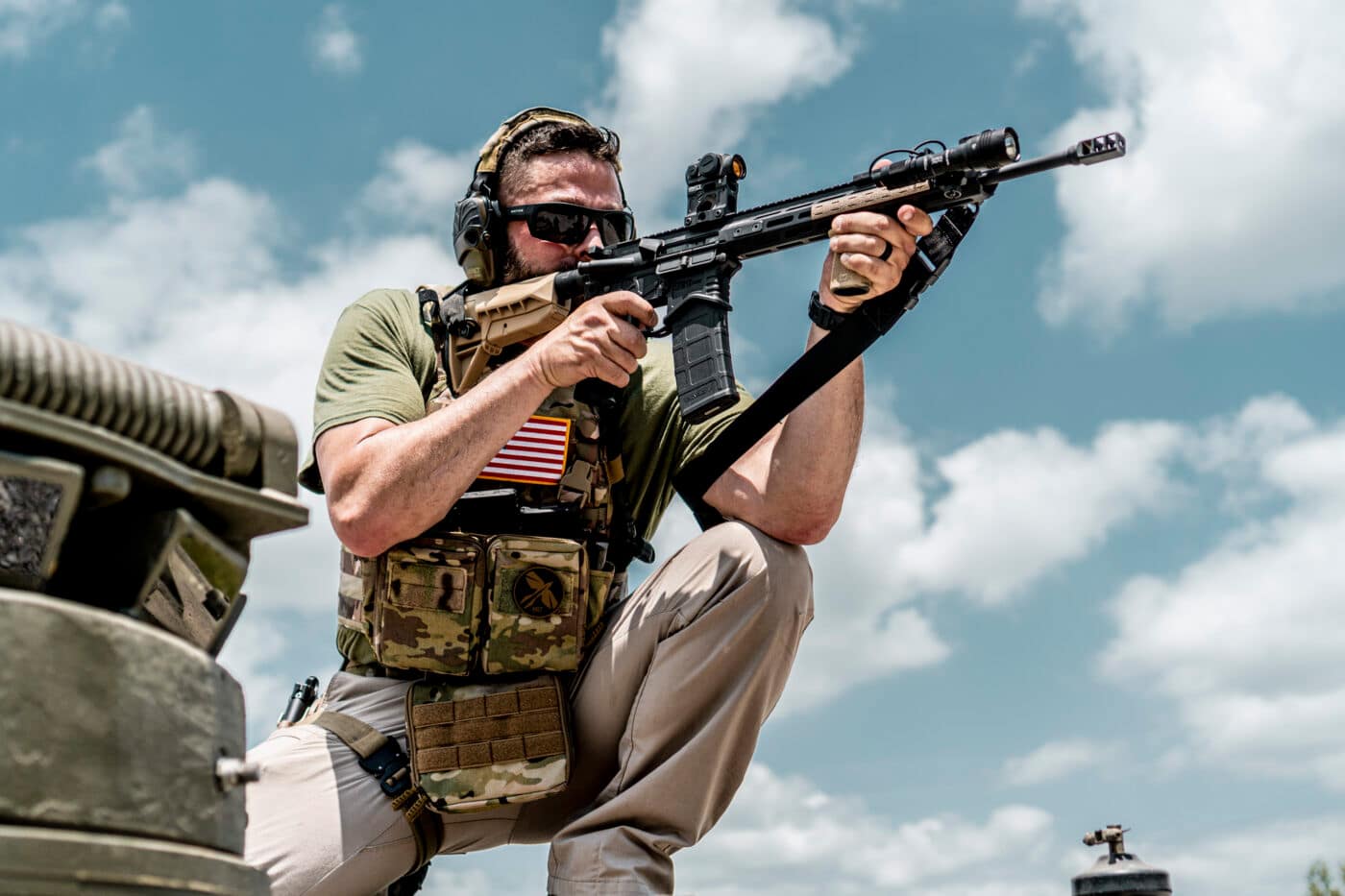
Okay, moving on. Let’s talk about the front of the carrier, for duty use first. For your plate carrier, you will want to carry all the stuff you absolutely need immediate access to. For example, ammunition is an absolute must. Another good idea is to carry snacks. If you are on long patrols or call-outs as an officer, you need to have some snacks somewhere that you can reach. A multi-tool of sorts is a fantastic idea, too. Carrying your ID/wallet upfront is a good idea as well.
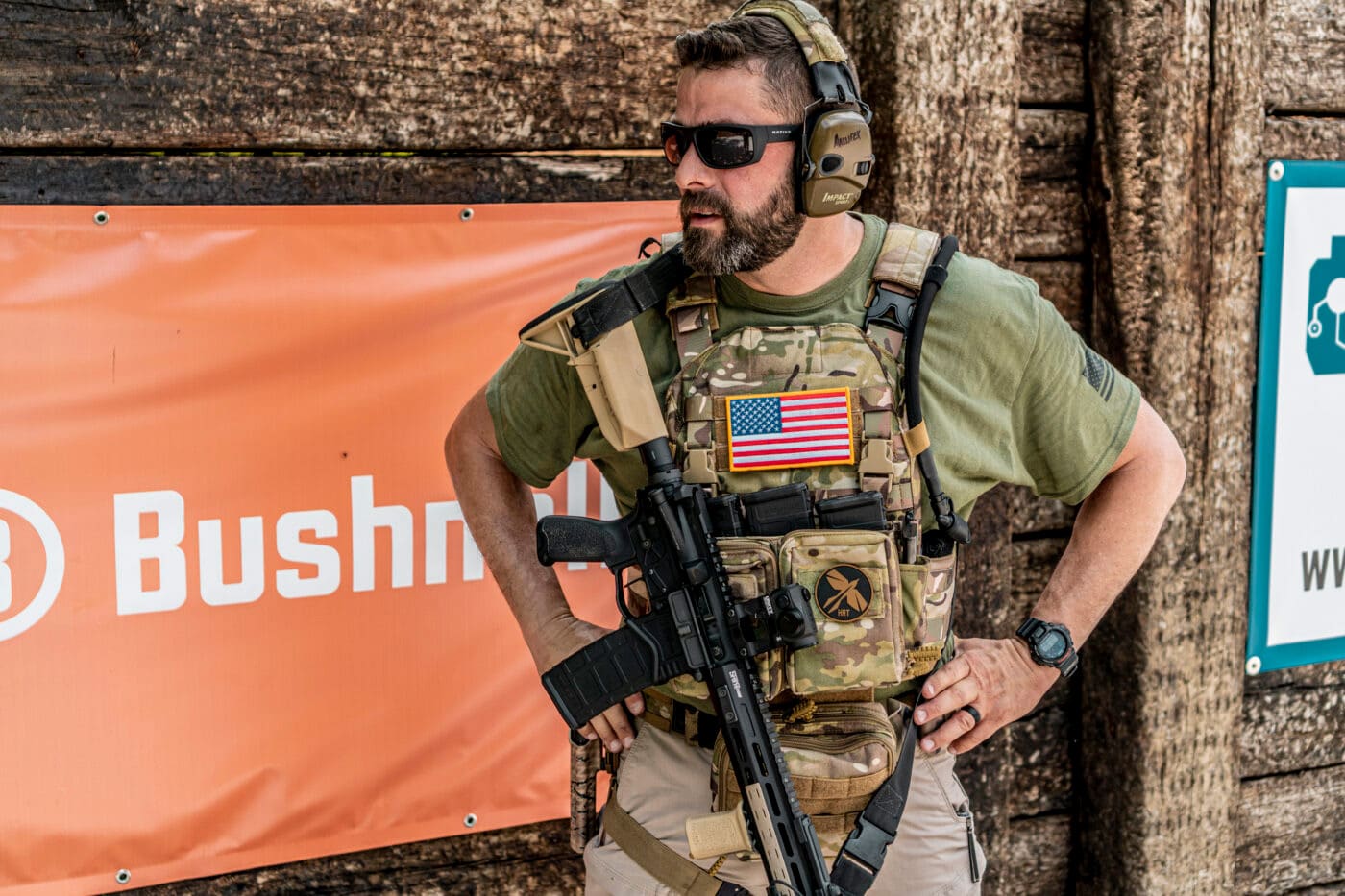
When it comes to medical items in a team setting, most of that will be on your back, but good items to carry up front would be small things that you can apply to yourself. Something like a tourniquet would be an absolute must. If you are prone to headaches, carrying some Tylenol or Excederine or something similar could be a good idea, too, since carrying weight on your shoulders for long periods can cause headaches.
Backing Up — The Rear of the Carrier
Now, for duty use, on the back of your plate carrier is where you will carry the heaviest and the bulk of your items. This reason is that on duty, you more than likely have a team of qualified professionals who know how to use all the items back there. So, having a good medical kit there is a must.
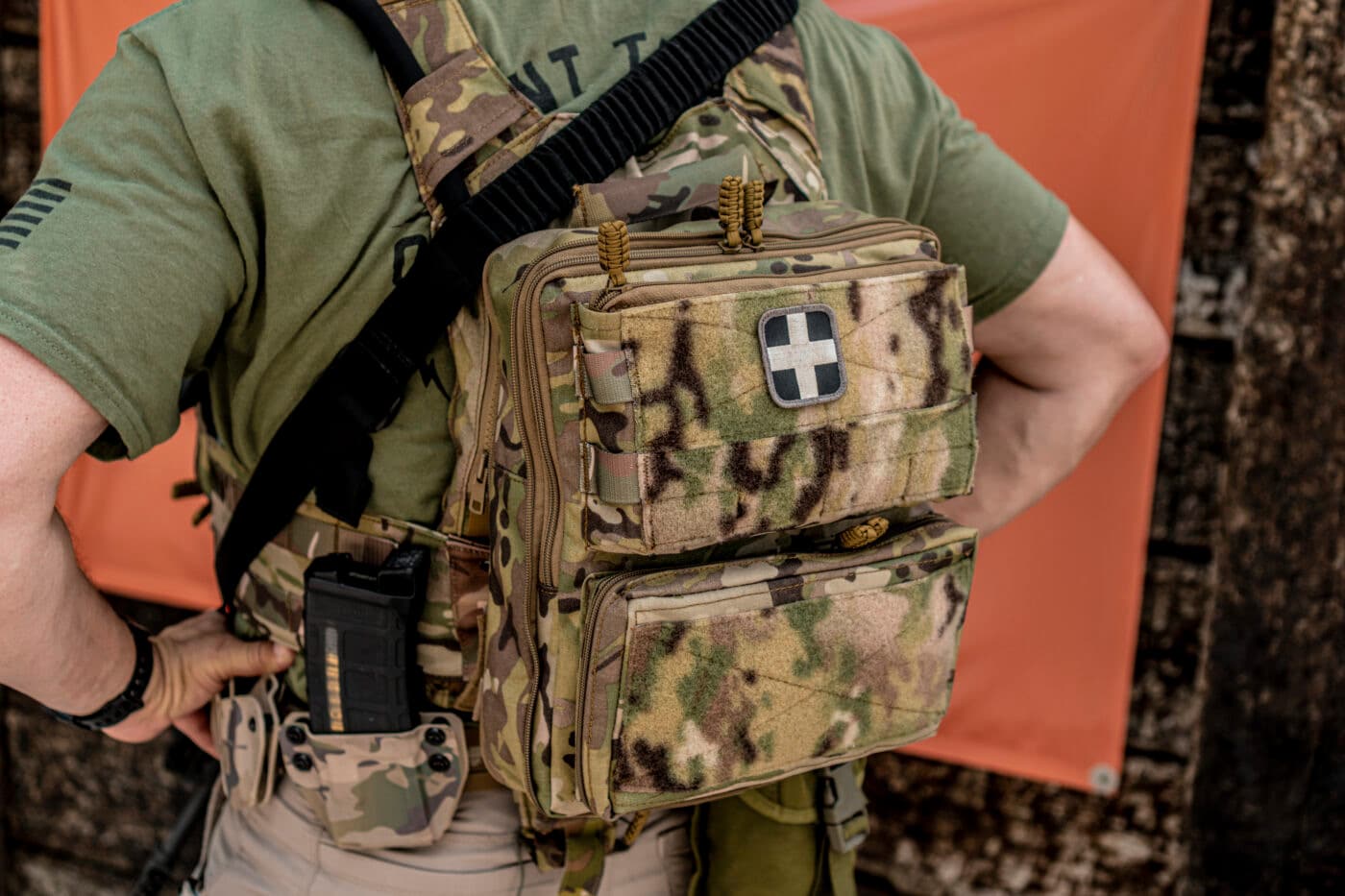
Our advice is to make sure you know the skills of your team. If no one on your team knows how to use an airway, then don’t carry one. We also recommend marking whatever pouch on your back as the medkit with a medical cross symbol. This way, if your teammates have to get into your back kit, they know which is what.
The back of your carrier is really for anything your teammates can grab or just extra gear for them, like carrying extra flashbangs, tear gas, breaching rounds, bolt cutters and arrest elements like the zip tie cuffs. Zip tie cuffs can be long, so we recommend those going on the back and maybe in the front, only carrying one or two sets of handcuffs since they are smaller.
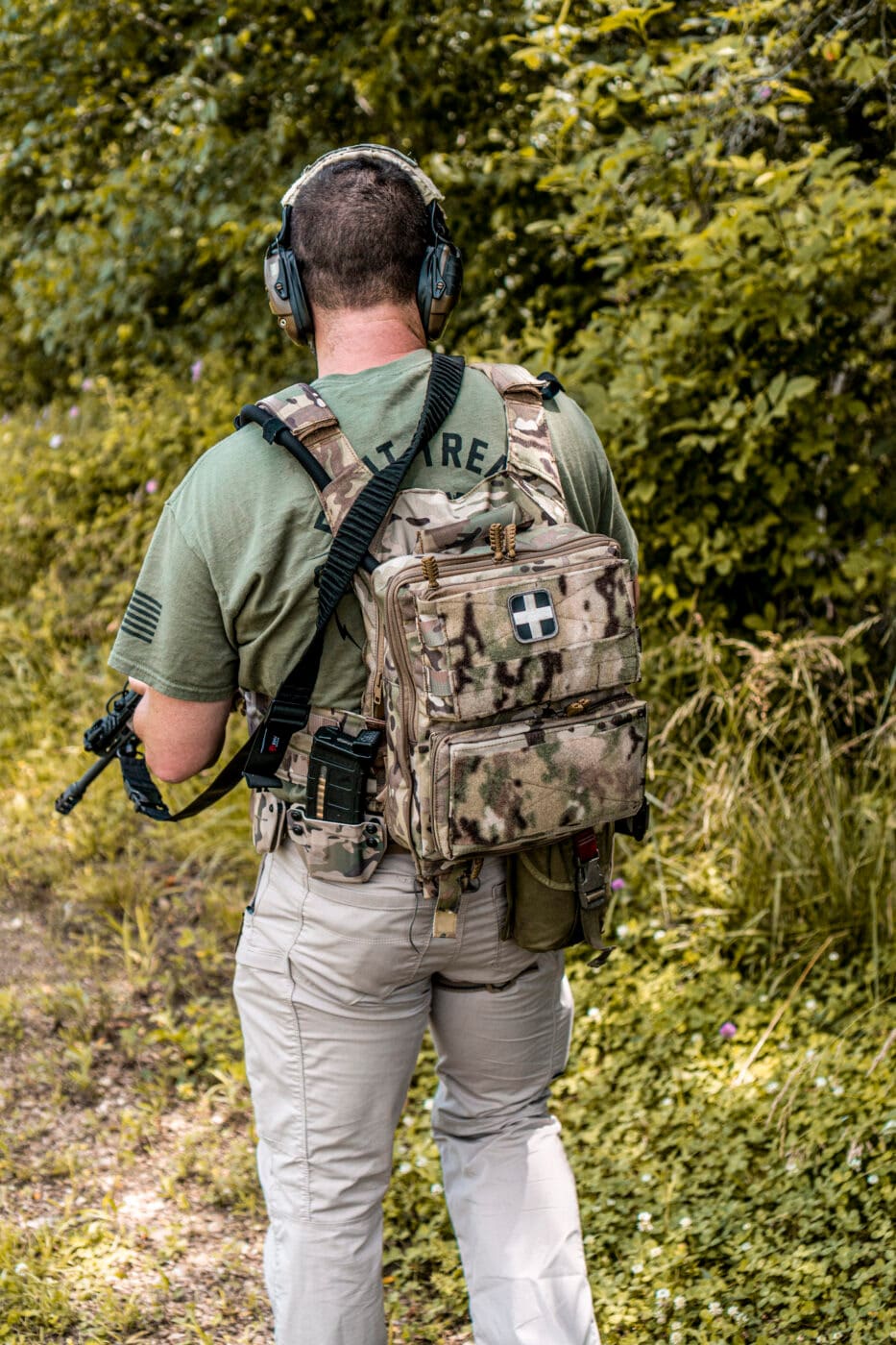
On your back, you should definitely carry a hydration bladder. Water is essential, so make sure you can stay hydrated. The hotter it is, the more important this can be since all your gear is going to make you sweat profusely.
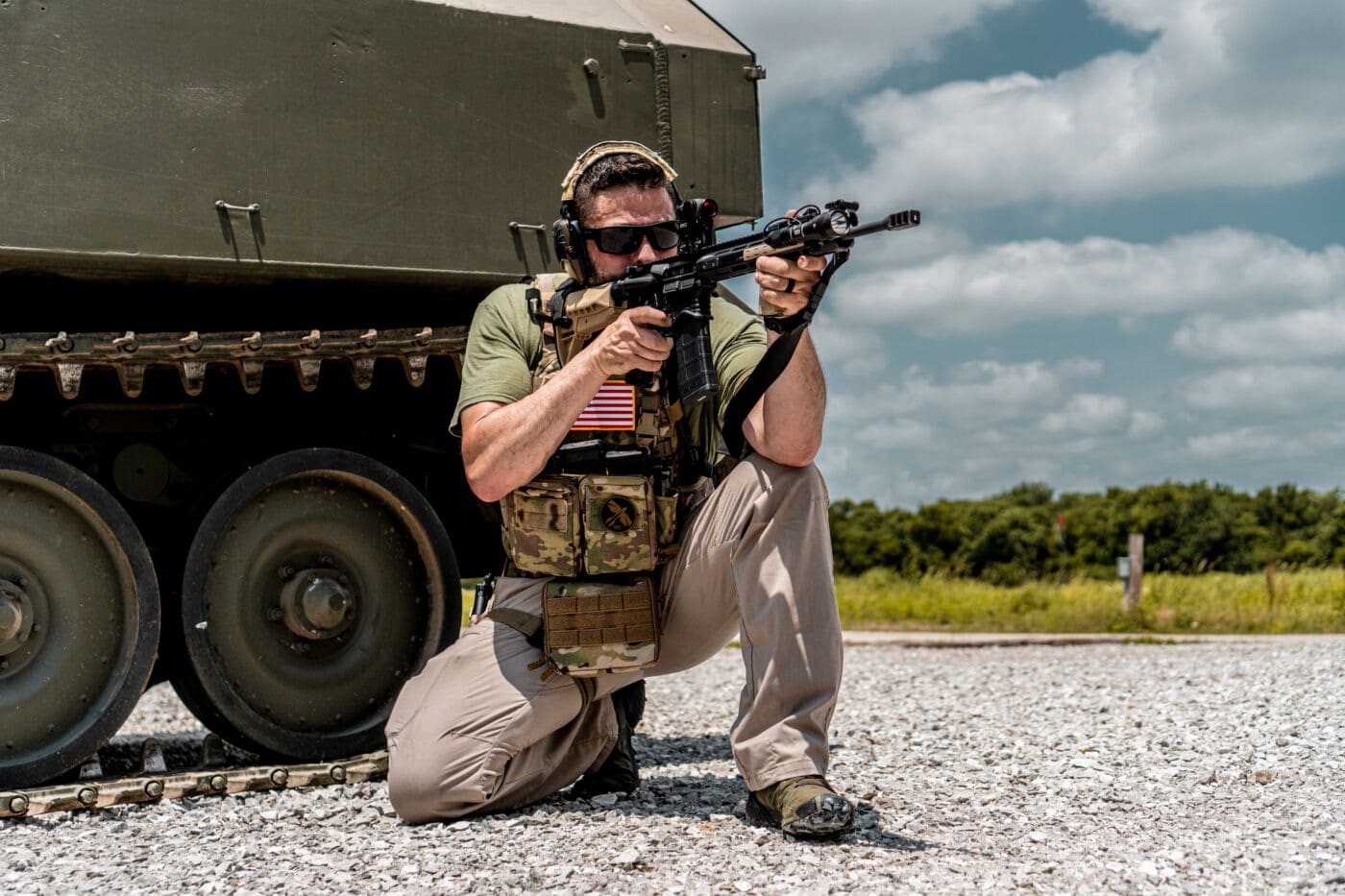
The Flip Side of Adding Gear to Your Plate Carrier
So how does a civilian set-up differ from duty use? Well, it doesn’t have to if you don’t want it, too. However, we think it’s smarter for you to only carry things on your back that you’d only really need once your carrier is off.
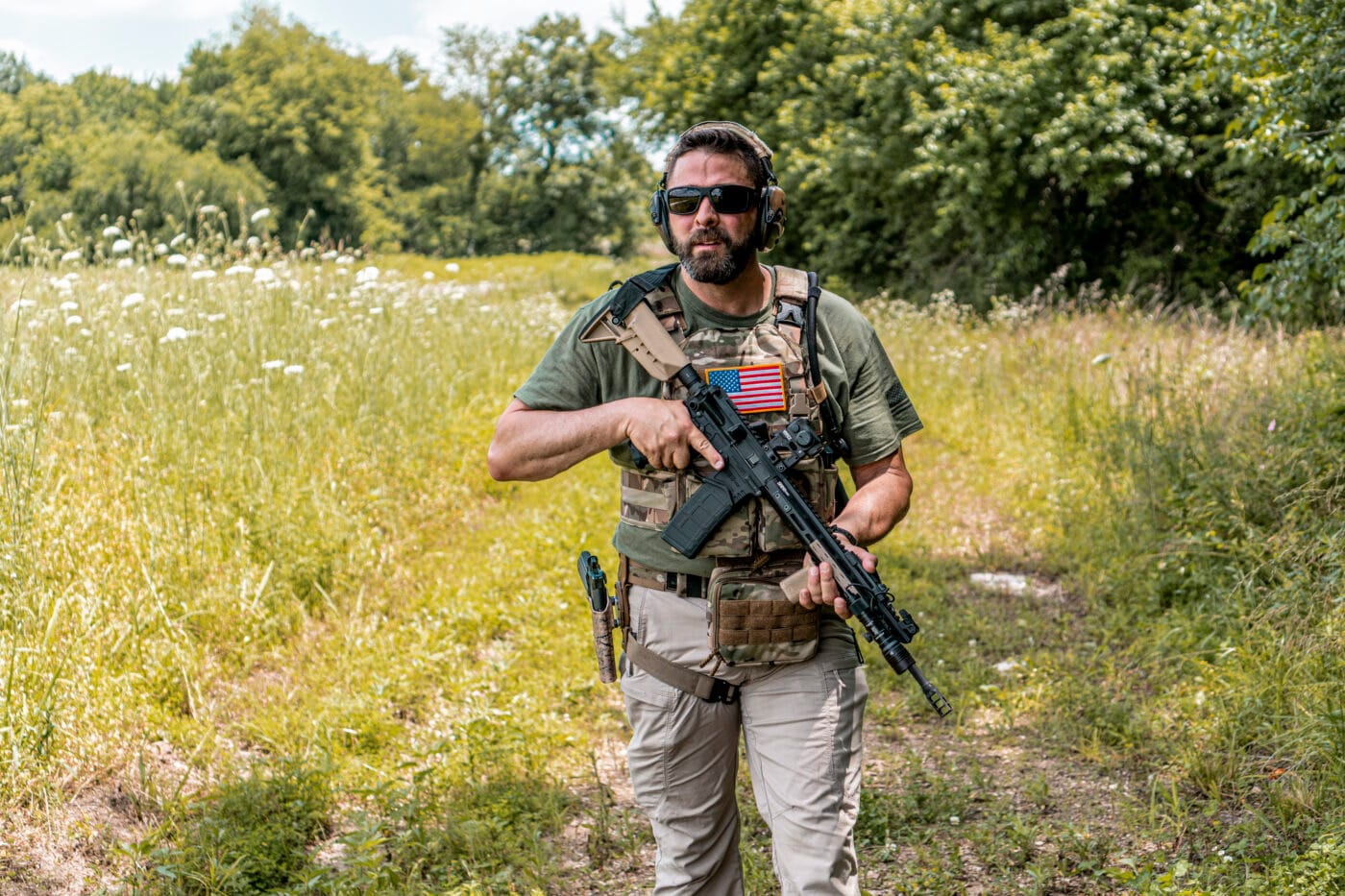
Hydration packs are still great on the back, but for everything else just take it into consideration if it helps you or not. On the front, you might want to carry more medical kit gear. If you have to administer medication to yourself or your family, having quick access can mean the difference between life and death.
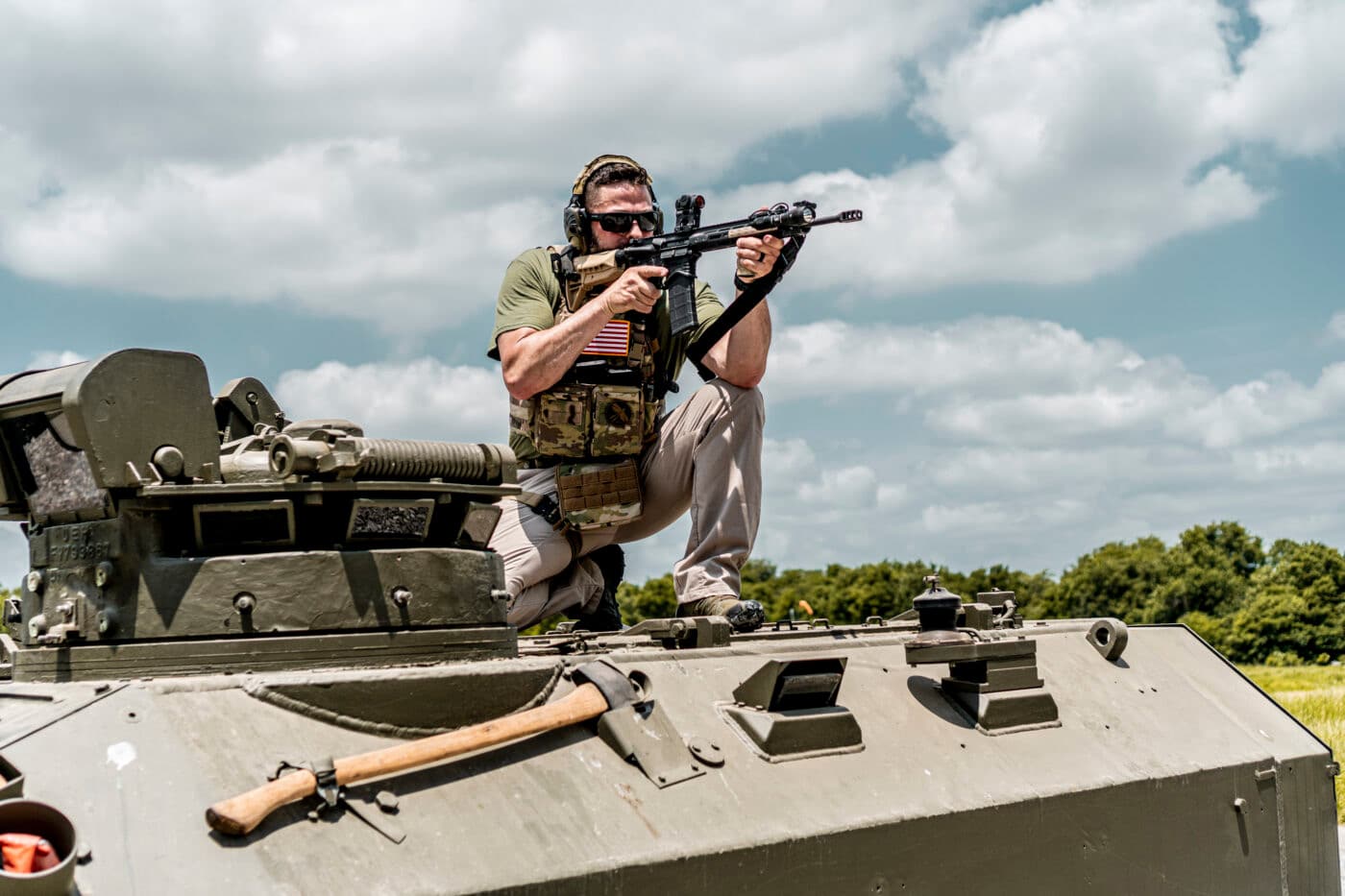
We still advise some note-taking items and snacks, too. In a civilian set-up, having your backplate carrier cleared off so that you can just carry a backpack instead might be the smartest option. You can easily rip off a backpack and dive into your gear if needed. Doing this with the plate carrier means you’d lose the protection of the plates. In civilian use, we advise you to opt for a backpack for your back gear.
Conclusion
There can be a lot of real estate to cover on a plate carrier, and it can seem daunting — especially for we civilians who have never served and are just trying to have something for protection. Whether you’re on duty or outfitting a plate carrier for home defense or survival, these are some great starter ideas of ways to rig up your system.
Editor’s Note: Please be sure to check out The Armory Life Forum, where you can comment about our daily articles, as well as just talk guns and gear. Click the “Go To Forum Thread” link below to jump in!
Join the Discussion
Featured in this video
Continue Reading
Did you enjoy this video?

 54
54




